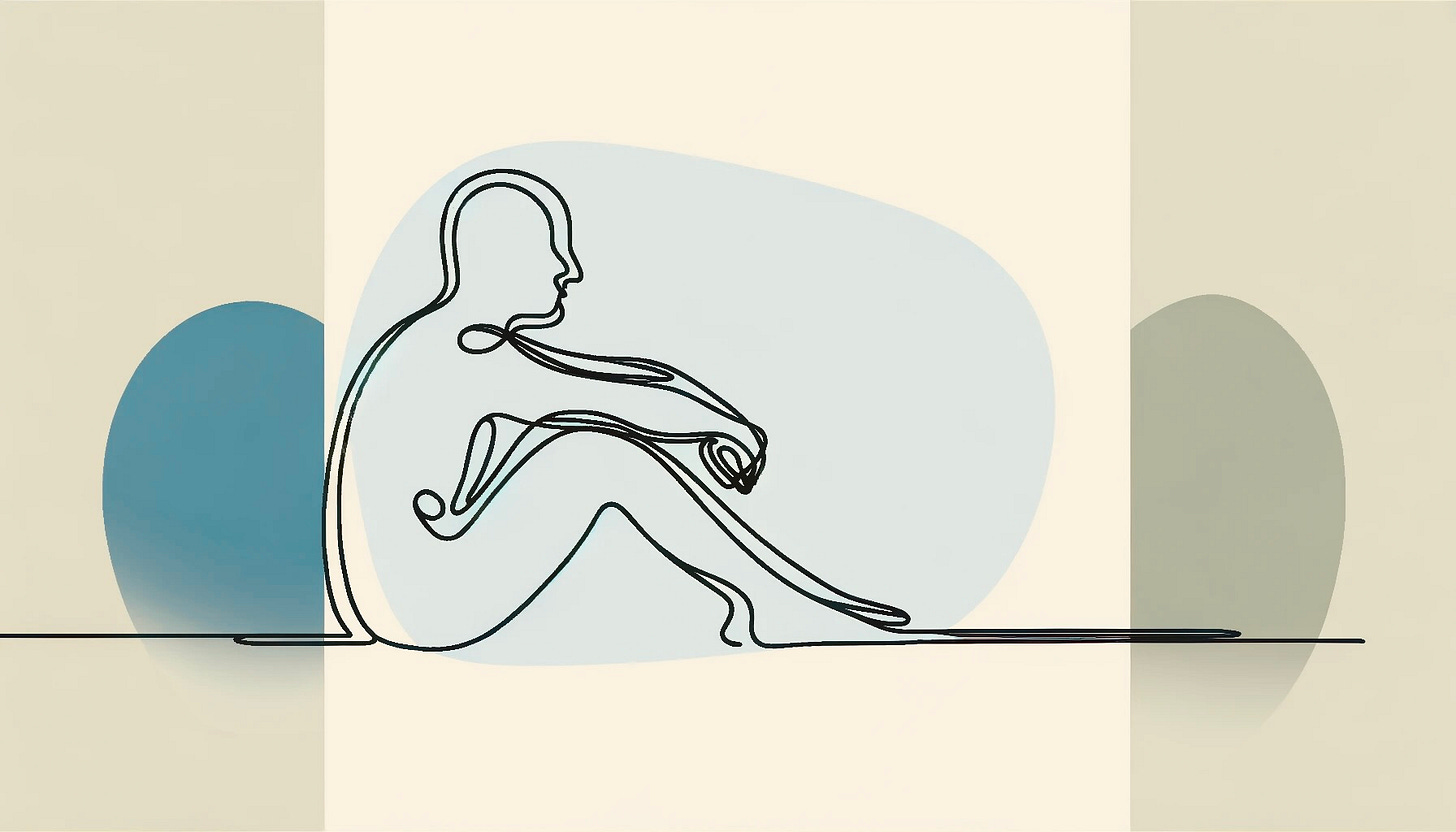On Openings in Confinement: When Only God Can See
What does it look like for a prisoner when their relationship to the world is defined by a knowledge of another existence—that this world is not in its finality?
by Asim Qureshi and Walaa Quisay
Behind the long confines that house prisoners, time and space are buffered and enclosed. The structures that prisoners face are sprawling labyrinths of seemingly inescapable dead-ends. It is not just the cell itself, but also the high walls, the barbed wire, and the gun-turrets manned by guards with assault rifles—the muz…
Keep reading with a 7-day free trial
Subscribe to Muftah Magazine to keep reading this post and get 7 days of free access to the full post archives.


